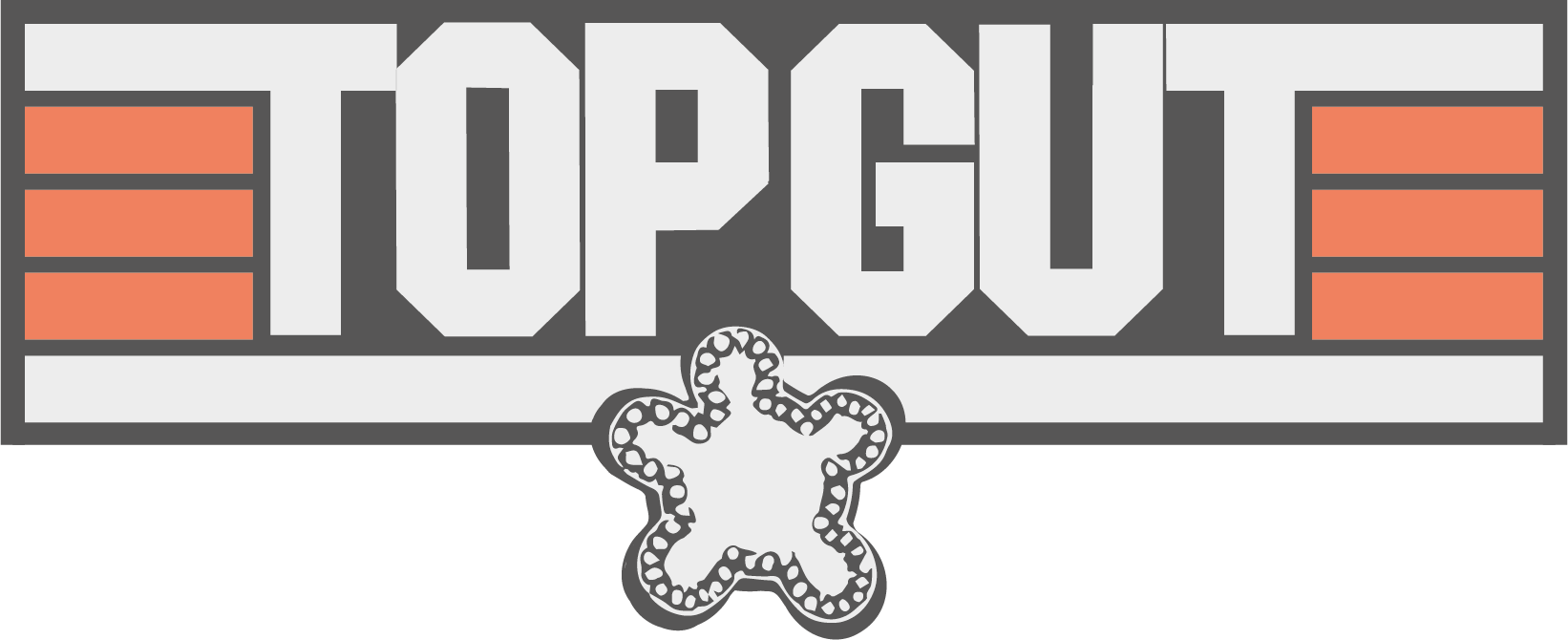Training for Organoids modelling Physiology and Pathology in the human gastrointestinal tract
TOP-GUT is a highly interdisciplinary and intersectoral training network in the field of innovative preclinical model for advancing personalized medicine.
TOP-GUT aims at providing to 11 doctoral candidates (DCs) the skills to:
- develop new human organ models mimicking cellular compositions of organs
- advance organ-on-chip technology
- improve tools and protocols for more complex gastrointestinal (GI) models
- develop new models for personalized medicine using patient-derived organoids
- manage ethical, regulatory and legal aspects together with innovation management of implementation of GI models and to prepare the DCs for the European job market
The need
To predict whether a therapy works safely and effectively, reliable data from model systems are needed. Current models are mostly based on cancer cell lines or animal models, which are not satisfactory since they do not mimic human pathology and have low predictive value for the clinic, therefore less than 1 out of 10 drugs entering clinical trials are launched to the market.
The European Union aims to fully replace animal use for scientific purposes and replace them with cell culture models based on primary human stem cells (Directive 2010/63/EU). It is therefore an imperative to educate the next generation of scientists to understand and advance the complexity of reliable human model systems and teach them how to overcome the hurdles currently preventing implementation.
The last decade has witnessed a leap forward in the development of new model systems, driven by advances in stem cell biology and organ-on-chip (OoC) technologies. Healthy epithelia, as well as tumors, can now be cultured in vitro in the form of organoids. Organoid derived from patient tissue (patient-derived organoids, PDO), contain adult stem cells, and mimic the epithelial component of healthy or pathological tissue. Microfluidics now enable the perfusion of PDOs and combination of several PDOs on OoC devices.
PDOs can have very high predictive value for patient treatment and have been taking the stage to model infectious diseases, genetic disorders, and cancers. The showcase for this is the monogenetic disease cystic fibrosis, for which PDOs are already implemented as routine testing tools for personalized medicine in the Netherlands. In oncology, characteristics of the tumor, such as aggressiveness, risk of metastasis and individual-specific response to therapeutics, can be observed from the PDOs, which leads to the expectation that tumor PDOs can be used in the future to test personalized therapies and develop new drugs.
The state
of the art
The Gap
While PDOs are current state-of-the-art models with great advances, there are still limitations to overcome, such as the lack of a microenvironment including immune cells, fibroblasts and vasculature. Moreover, there is a limited understanding of the mucin and glycans despite their central role in mucosal barrier function. These factors are fundamental for the biological relevance and reliability of platforms for disease modelling and drug testing.
The Solution
In TOP-GUT, we aim for the advancement and implementation of complex GI tract models in industry and academia, by training the next generation of early-stage researchers to:
- have the knowledge of the properties and shortcomings of current models;
- have the abilities to increase complexity;
- have an understanding of and actively address future applications
- become engaged in the validation, standardization and implementation of these models.
